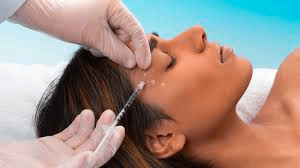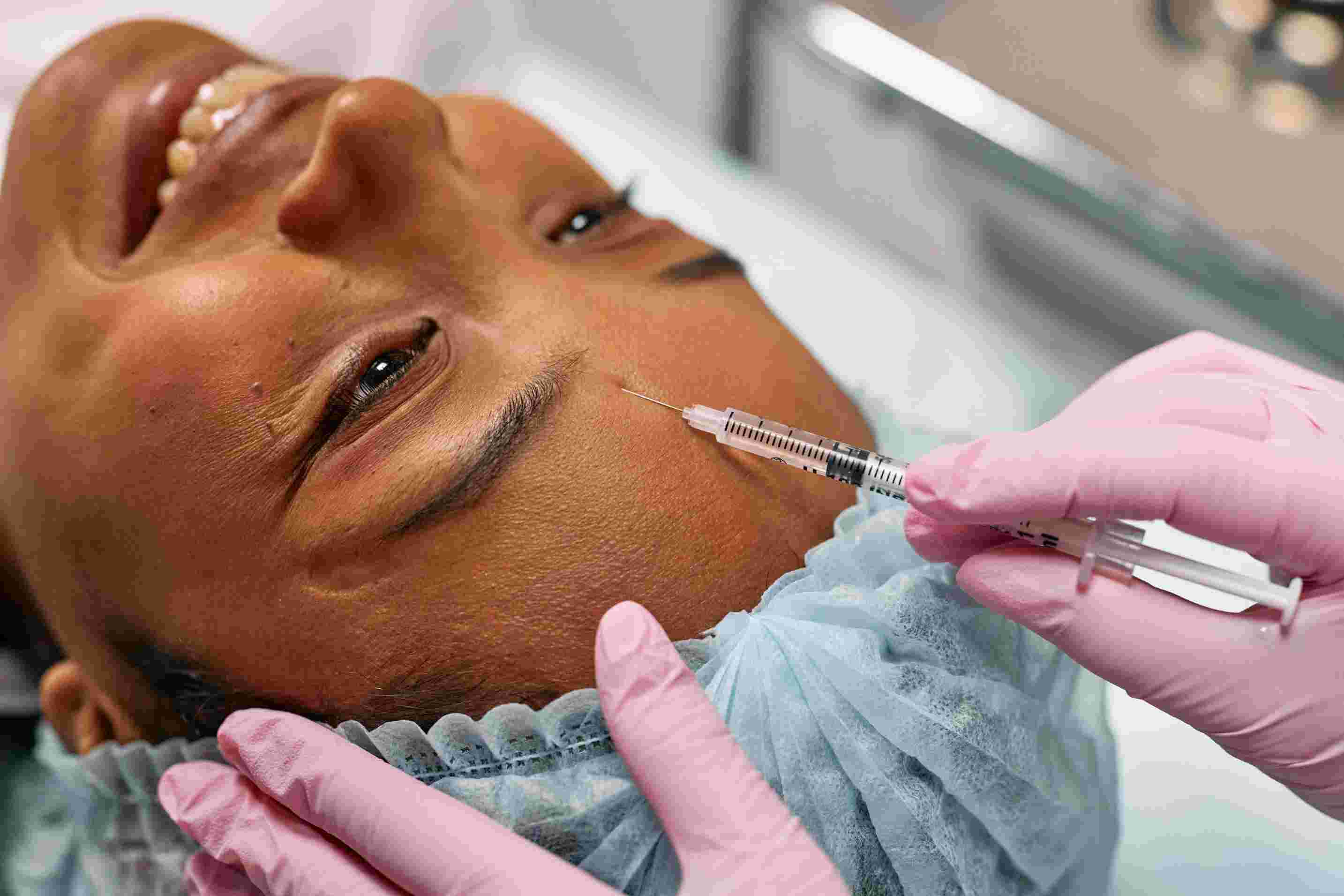About
Botox Treatment For Skin
The Working of Botox Treatment For Skin
Are You a Good Fit For Botox Treatment?
Consult before you give it a go
Safety and Risks
FAQ
Alternative treatment for Botox
Post-Botox Skin Care Products
About
Botox Treatment For Skin
The Working of Botox Treatment For Skin
Are You a Good Fit For Botox Treatment?
Consult before you give it a go
Safety and Risks
FAQ
Alternative treatment for Botox
Post-Botox Skin Care Products
One of the primary applications of Botox is in the realm of aesthetics. It is most commonly used to reduce the appearance of facial wrinkles and fine lines, particularly those caused by repetitive muscle movements such as frowning or squinting. By injecting small amounts of Botox into specific muscles, healthcare professionals can temporarily relax them, resulting in smoother, younger-looking skin.
Areas commonly treated with Botox include:

Botox works by blocking signals from the nerves to the muscles, preventing them from contracting. When the muscles are unable to contract, the wrinkles and lines they cause become less noticeable, giving the skin a smoother appearance. The effects of Botox typically begin to appear within a few days to a week after treatment and can last for several months before gradually wearing off.
Botox is primarily known for its cosmetic applications, including reducing the appearance of crow's feet, forehead lines, and frown lines. It is highly effective in softening dynamic wrinkles caused by repetitive facial movements, such as smiling, frowning, or squinting. Common areas treated include the forehead, between the eyebrows (glabellar lines), and around the eyes (crow's feet).
Deciding if Botox treatment is right for you depends on your individual goals and circumstances. Here are some factors to consider:
A qualified healthcare provider will assess your medical history, discuss your treatment goals, and examine the areas you wish to address. They will explain the Botox injection process, potential risks, and expected outcomes.
Treatment Process: Botox injections are typically quick and minimally invasive, with little to no downtime. After cleansing the treatment area, the provider will use a fine needle to administer small amounts of Botox into targeted muscles. Patients may experience slight discomfort or a pinching sensation, but numbing cream or ice packs can help alleviate any discomfort.
Duration and Results: Botox results gradually become noticeable within 3-7 days, with full effects typically visible within 2 weeks. Results can last 3-6 months, depending on factors such as the dosage administered, individual metabolism, and muscle activity.
Common side effects can include mild bruising, swelling, or redness at the injection site are common and usually resolve within a few days.
Botox injections are generally well-tolerated and cause minimal discomfort. Some patients may experience a slight stinging sensation or pressure during injections, but it's usually brief and well-managed with numbing cream or ice packs.
Botox results typically last 3-6 months, but individual experiences may vary. Factors such as metabolism, muscle activity, and the amount of product used can influence the longevity of results.
When selecting a Botox provider, look for licensed healthcare professionals with extensive training and experience in administering Botox injections. Dermatologists, plastic surgeons, and certified injectors are typically well-qualified to perform Botox treatments. Schedule consultations with multiple Botox providers to discuss your treatment goals, expectations, and any concerns you may have. A thorough consultation allows you to assess the provider's approach, communication style, and suitability for your needs.
The cost of Botox treatments varies depending on factors such as the number of units required, the treatment area, and the provider's pricing structure. Be wary of excessively low prices, as they may indicate diluted or counterfeit products or inexperienced injectors.
After receiving Botox injections, follow your provider's post-treatment instructions carefully to optimize results and minimize side effects. These instructions may include avoiding strenuous exercise, refraining from touching or rubbing the treated area, and staying upright for a few hours after treatment.
Schedule follow-up appointments as recommended by your provider to assess treatment outcomes and determine if any touch-up injections are needed. Regular maintenance treatments every 3-6 months can help maintain optimal results and prevent the return of wrinkles.
Dermal fillers are injectable gels used to restore volume, smooth wrinkles, and enhance facial contours. Unlike Botox, which relaxes muscles, dermal fillers fill in wrinkles and add volume to areas of the face that have lost elasticity or fullness.
In addition to Botox and dermal fillers, various other cosmetic procedures can address ageing concerns and enhance facial appearance. These may include chemical peels, microdermabrasion, laser resurfacing, and nonsurgical skin tightening treatments.

After undergoing a Botox treatment for the skin, it's essential to maintain the health and appearance of your skin with appropriate skincare products. Several skincare products formulated for post-Botox treatment are available in India. These products are designed to nourish, hydrate, and protect the skin, helping to optimize the results of the treatment and maintain a youthful, radiant complexion.
Dermal fillers are injectable gels used to restore volume, smooth wrinkles, and enhance facial contours. Unlike Botox, which relaxes muscles, dermal fillers fill in wrinkles and add volume to areas of the face that have lost elasticity or fullness
Choose lightweight, non-comedogenic moisturizers that absorb quickly and won't clog pores. Look for moisturizers enriched with hydrating ingredients such as hyaluronic acid, glycerin, and niacinamide to keep the skin soft, supple, and hydrated throughout the day.
Opt for broad-spectrum sunscreens with SPF 30 or higher, and reapply regularly, especially when spending time outdoors. Look for lightweight, non-greasy formulas that provide both UVA and UVB protection and won't leave a white cast on the skin.
Note: Remember, when selecting skincare products for post-botox care, avoid harsh or abrasive ingredients that may irritate the skin or interfere with the results of the treatment. Instead, focus on gentle, nourishing formulations that support skin health and enhance the benefits of your Botox treatment, helping you achieve a radiant, youthful complexion.
The information provided on this website is for educational purposes only and should not be construed as medical advice or a substitute for professional consultation. Always consult with a qualified healthcare provider before undergoing any medical treatment or procedure.
We are committed to protecting the privacy and confidentiality of our website visitors. Our privacy policy outlines how we collect, use, and safeguard your personal information by applicable laws and regulations.